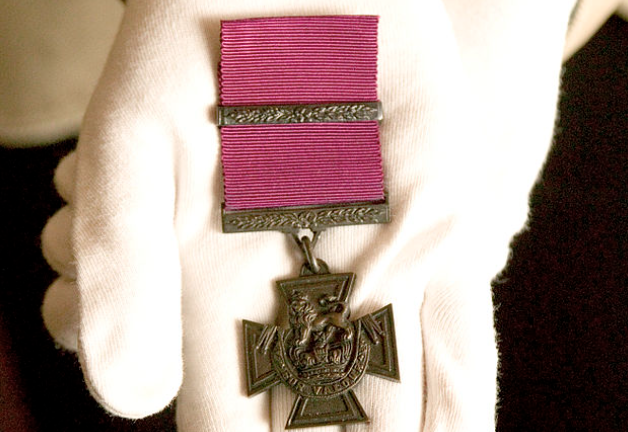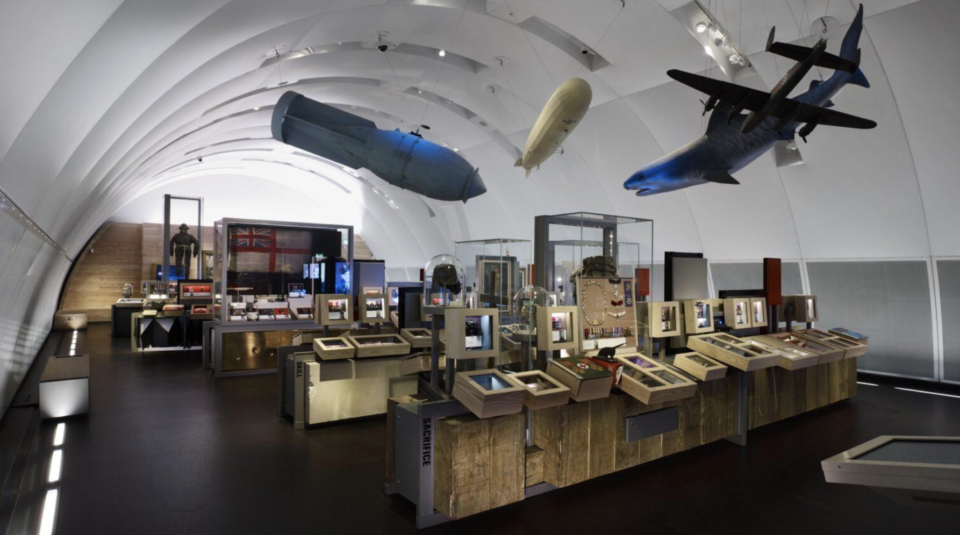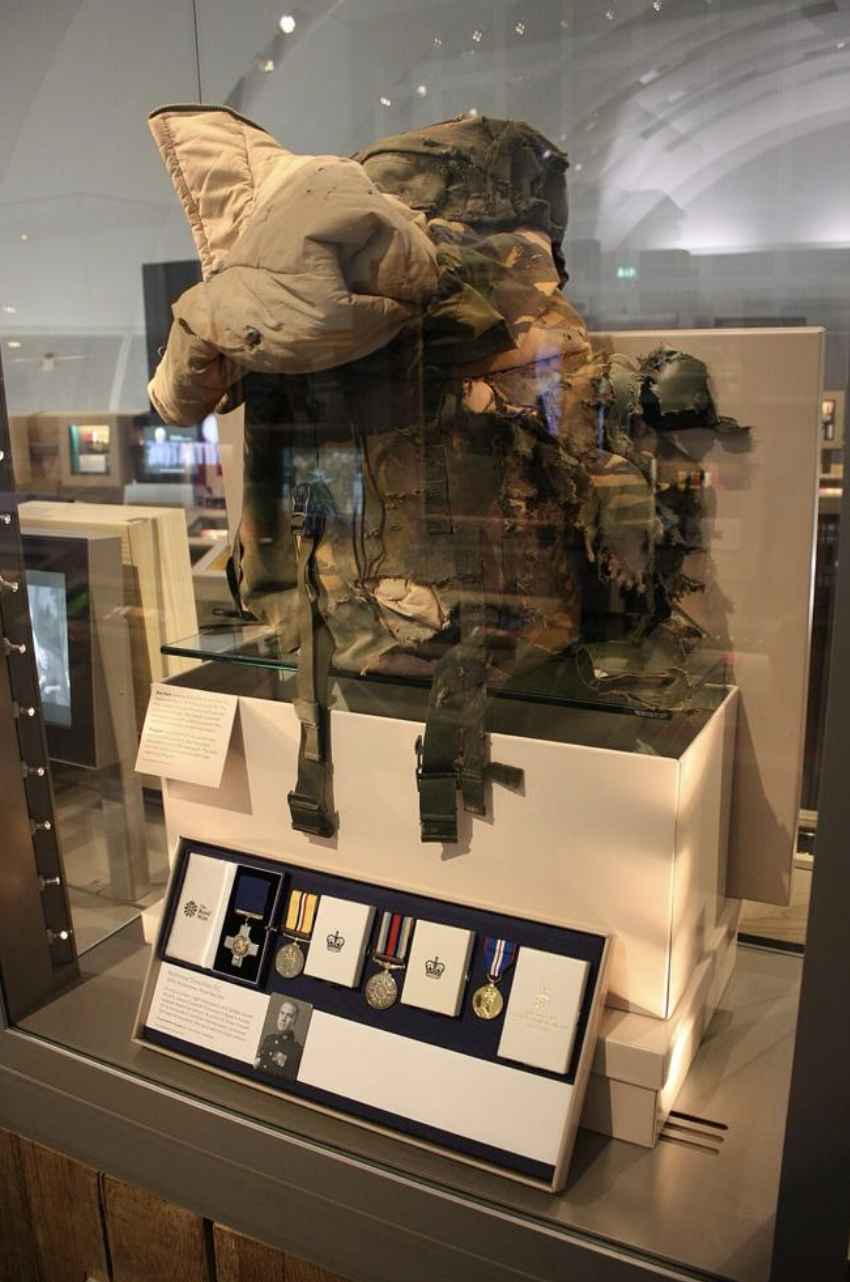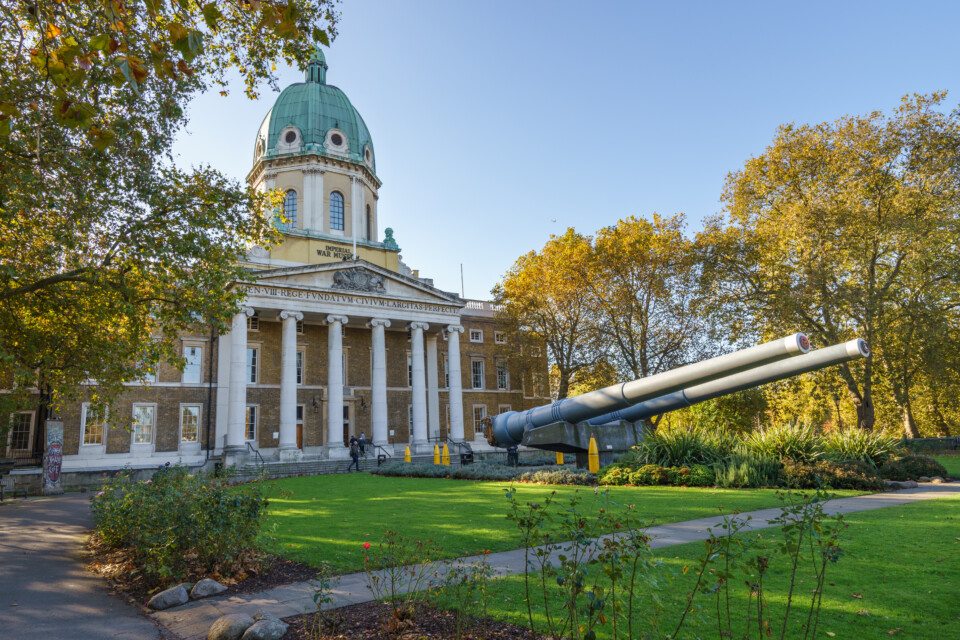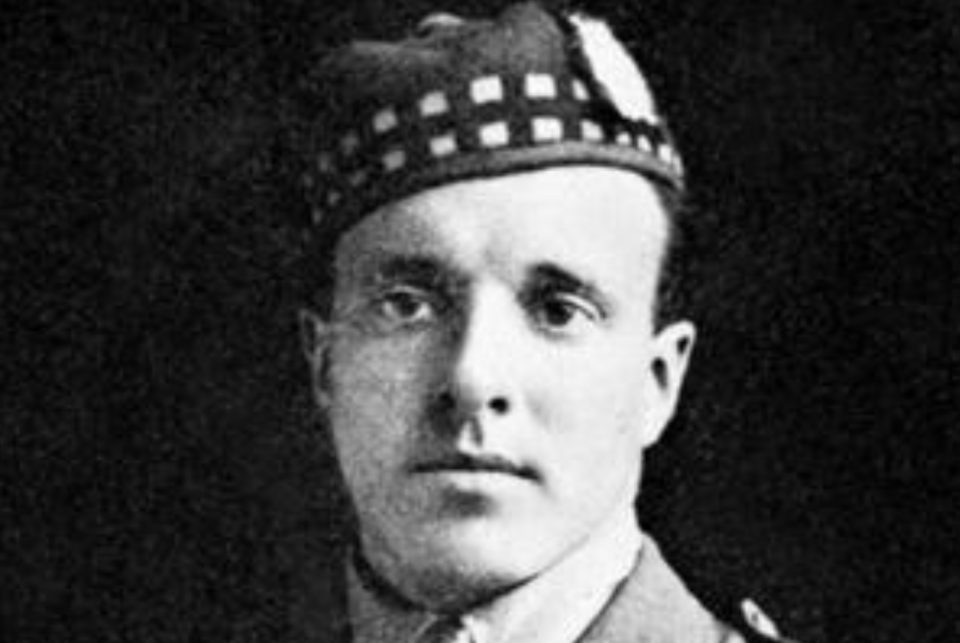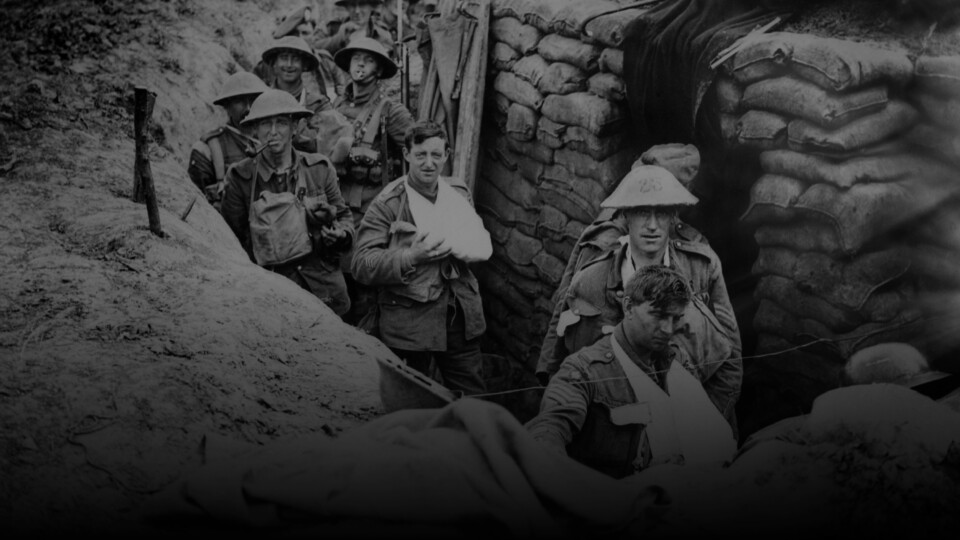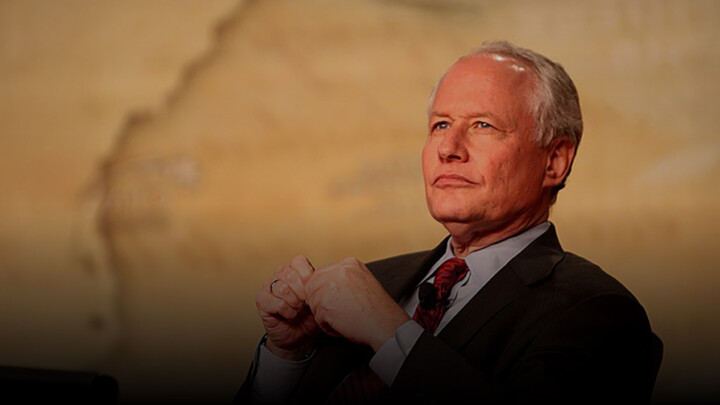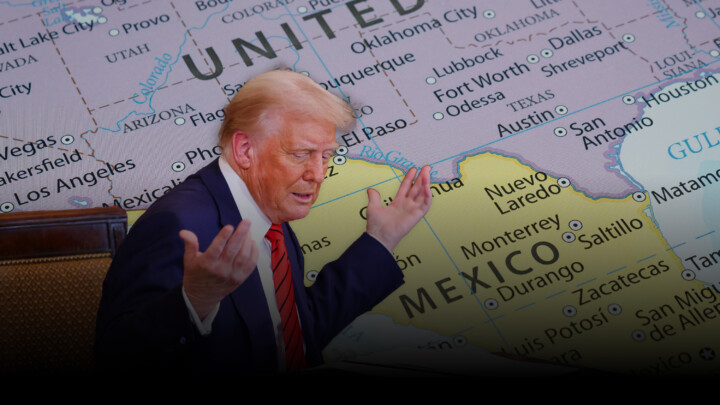|
Gavin Mortimer of the Spectator sees this as another move towards the “wokeification” of the IWM, focusing on their proposed intention to “embed diversity”. This comes at the cost of honoring exceptional acts of valor. He points out that visitors will instead be able to attend two new exhibitions. “Unsilenced: Sexual Violence in Conflict” explores “the contexts in which sexual violence occurs in conflict, exploring how propaganda shapes perceptions of gender and power to shine a light on this often-silenced issue”. The upcoming winter exhibition, “Emergency Exits: The Fight for Independence in Malaya, Kenya and Cyprus”, focuses on Britain’s detention camps and colonization.
Last year the IWM spent £100,000 in order to make its exhibitions more “diverse”. It consulted equality and inclusion “experts” with a view to giving the museum a more global perspective on the impact of war. This came off the back of its Access and Inclusion Strategy, which aims to “reflect the diversity of our local communities and the nation as a whole”. It sets out its overarching vision: “IWM’s vision is to help people, as global citizens, make sense of an increasingly unpredictable world.”
If the closure of the Gallery is an attempt to diversify, however, the Museum is shooting itself in the foot. The recipients of the medals were from all castes and creeds, uniting in a common cause. Surely this honors diversity? Established in 1917, the IWM is currently governed by the Imperial War Museum Act 1955, which stipulates that seven members of Commonwealth nations should be trustees. The Commonwealth Governments of Australia, Canada, India, New Zealand, Pakistan, South Africa, and Sri Lanka are all represented by their High Commissioners in an ex officio capacity. Many of these countries are represented in Lord Ashcroft’s collection of VCs.
There is something deeply ironic about this vanishing of diversity. Time and again, we are told that this is what we need: the integration of all colours, creeds, and backgrounds in a national vision. War achieved that to a degree, through a defense of our land and common values. Recognition of bravery and sacrifice transcends “difference”.
Take Captain Rambahadur Limbu, the last Gurkha recipient of the Victoria Cross, who died in 2023. The funeral was held at British Gurkhas Nepal HQ in Kathmandu. Captain Rambahadur received the award in 1966 for showing exceptional bravery during the Borneo confrontation in 1965. With no regard for his own safety, he ran through heavy enemy fire in order to carry back two of his wounded friends. The Gurkha Museum has a more detailed account of Rambahadur’s actions. After saving his friends, Rambahadur proceeded to rejoin the latter stages of the assault. Notably, the biography describes his experience upon his return to Nepal in 1967:
“[He] suffered another setback when a large portion of his belongings, including his medals, were stolen during an overnight train journey. He later received replacement issues for all those lost including the VC, but to date the original has never been found.”
His medals were stolen. This was painful because they meant something; they represented his strength of spirit and honored his bravery. The VCs in Lord Ashford’s collection, now removed from display, would have meant a great deal to their recipients. They also act as memorials to those who died. One can understand why, in some cases, museums might feel a moral obligation to return objects to their originating cultures or nations. But this is not restitution. It is the extinction of memory.
The Gurkha Museum has numerous other accounts of Victoria Cross recipients in its gallery, spanning different nationalities attached to the Gurkha Rifles. These include Bhanbhagta Gurung, Lachhiman Gurung, Ganju Lama, Agansing Rai, Netrabahadur Thapa, Michael Allmand, Tulbahadur Pun, and George Wheeler. It is humbling to read their stories.
Likewise, the Commonwealth War Graves Commission, a global organization which cares for war graves at 23,000 locations in more than 150 countries and territories, commemorates about 1.7 million individuals. It has an online resource for sharing the memories of the Commonwealth’s war dead: For Evermore: Stories of the Fallen. Narrowing down the search for “Victoria Cross holders” yields 233 stories. Narrowing the search further by way of country shows the range of those awarded VCs: United Kingdom (131), Canada (32), Australia (31), India (21), New Zealand (12), Non-Commonwealth countries (4), South Africa (3). This list is not exhaustive, but it speaks to the range of countries involved in conflict and honored by VCs. Many of the memorial gardens are tended by the local people who owe their existence to the fallen beneath their feet.
Not only does the Victoria Cross include multiple countries, it transcends rank, class, and sex. By this marker it could be seen as extraordinarily “diverse”. Lord Ashcroft’s website dedicated to his medal collection sets this out:
“The decoration can be awarded to a person of any rank in any service and also to civilians under military command […] The origins of the VC lay in the Crimean War: the notion of giving a bravery award to low-ranking soldiers and sailors first came under serious consideration in 1854. Until that point, neither the government nor its military leaders had felt the need to reward ‘ordinary’ men for their courage […]
Until the Crimean War, officers – usually majors and above – were often given the junior grade of the Order of the Bath for acts of bravery. However, there was no such equivalent medal for junior officers or non-commissioned officers (NCOs), let alone ordinary soldiers, or sailors. In Britain, though, there was a growing feeling that a new award was needed to recognise examples of gallantry […]”
According to the IWM, the plan is for the VC and GC medals from their own collection “to continue to be displayed across our UK branches, integrated within galleries that tell the full story of the conflicts in which these acts of bravery occurred”. But the IWM’s collection is much smaller than Ashcroft’s. The promise that it will “continue to be displayed” isn’t much of a consolation when the much more substantial collection has no home. It is also a travesty to break up a collection. Not only is the Museum dividing its own medals from Ashcroft’s, it is disbanding them further by spreading them “across our UK branches”. No longer does it bring together a community based on bravery for public comparison, study, and contemplation. To fracture this community is a terrible pity.
What does Rambahadur have in common with Captain Noel Chavasse? In 1965 in Borneo, Rambahadur threw himself in harm’s way to help his wounded friends. He was prepared to die for them and received a VC for the beauty of his actions. Back in 1916 in Guillemont, France, Chavasse tended the wounded under sustained enemy fire and received his first VC as a result. In 1917 he received a bad head wound early on in the Battle of Passchendaele, but he refused to leave and tended to other soldiers despite being injured himself. He received his second VC posthumously, having been hit by a blast the next month. He was one of three people to receive a VC more than once. He is represented in Ashcroft’s collection. As Lord Ashcroft wrote in 2009, “this is the ultimate VC and Bar. It has a spectacular story to it in terms of sustained bravery. Day after day, this courageous man was risking his life in the trenches to save his comrades.”
|


